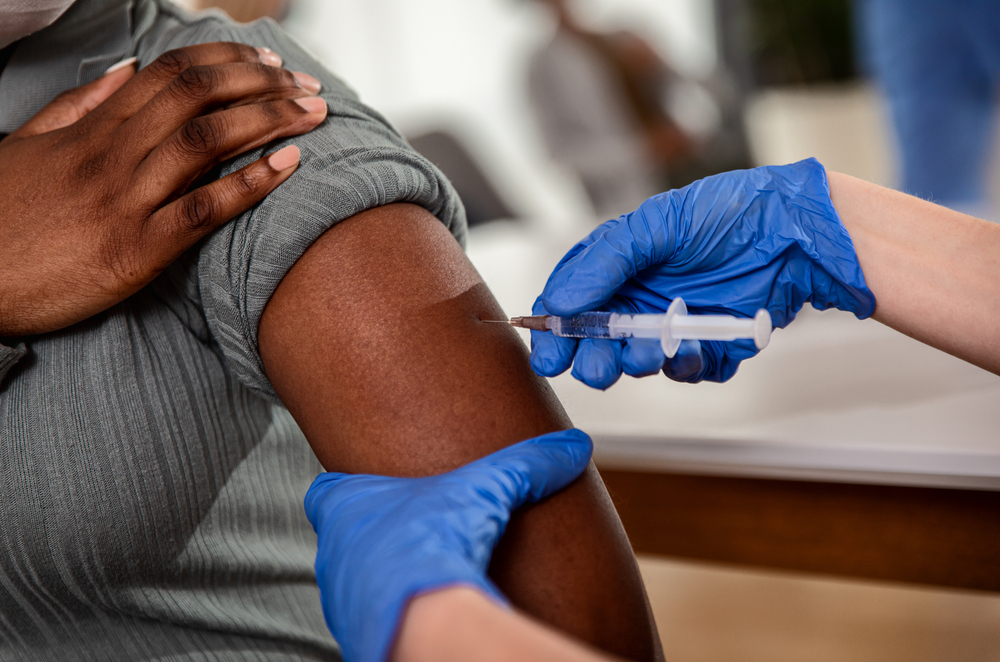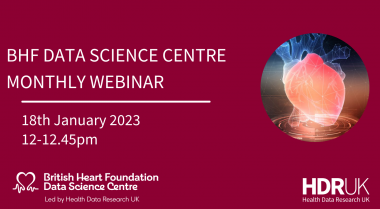Understanding and responding to COVID-19 in Wales: protocol for a privacy-protecting data platform for enhanced epidemiology and evaluation of interventions
14 May 2021
Jane Lyons and colleagues have created a platform using population level cohorts, and other linked data sources, to provide up-to-date insights to the Welsh government.
Overview
The emergence of COVID-19 raised many urgent questions for the Welsh government. The swift creation of a new platform, providing population level patient data from multiple sources, has provided its Technical Advisory Group (TAG) with the up-to-date insights needed by government and NHS to fight the pandemic and protect a population of more than three million.
Challenge
The Welsh government needed to understand the way the infection was spreading among the general public and vulnerable groups. It also had to address an array of other issues from the effectiveness of control policies and interventions to NHS resilience. A means was needed to track developments in these areas and also to answer new research questions as they arose.
Solution
A paper in BMJ Open explains how researchers, many closely linked to HDR UK, rapidly adapted their learning from an HDR UK multimorbidity project to create a platform using population level cohorts, and other linked data sources, to address the Welsh government’s needs. The project was part-funded by HDR UK and used the SAIL Databank developed by Swansea University’s Population Data Science Group.
Key roles in the project were played by research officer and data scientist Jane Lyons, senior research analyst Ashley Akbari and HDR UK Wales and Northern Ireland site director Ronan Lyons, Clinical Professor of Public Health, Medicine at Swansea. The platform uses two cohorts developed by Ms Lyons and colleagues. One is of 3.2 million people followed up monthly from January 2020, the other is of three million (from 1 January 2016 to 31 December 2019) and provides contextual comparative population data on disease, health service use and mortality.
Lessons learnt and Impact
Ms Lyons, Mr Akbari and Prof. Lyons say the platform is being used to answer 99 research questions for TAG. It is open and accessible, so other researchers are using it for further projects.
The impact is high because they have been able to call on a multidisciplinary team and provide data in near-real time, allowing the Welsh government to form policy. This has helped:
- The development and targeting of interventions.
- Identify patterns and vectors of transmission – including in care homes and schools.
- Determine demographic, socioeconomic and clinical risk factors for infection, morbidity and mortality.
- Identify infection risks and outcomes in occupational groups.
- Assess vaccine uptake by age, sex, ethnicity and clinical indication.
- Look at vaccine effectiveness and safety.
The team is now using the platform to monitor indirect effects of the pandemic such as changes in numbers attending for heart attacks and strokes, cancer treatment and the effects on elective surgery.
Insights from the Impact Committee
The HDR UK Impact Committee described the work as of international excellence in originality, significance and rigour. It was commended for its scale and public and patient involvement. The study also contributes to HDR UK’s National Priority of advancing public health.



